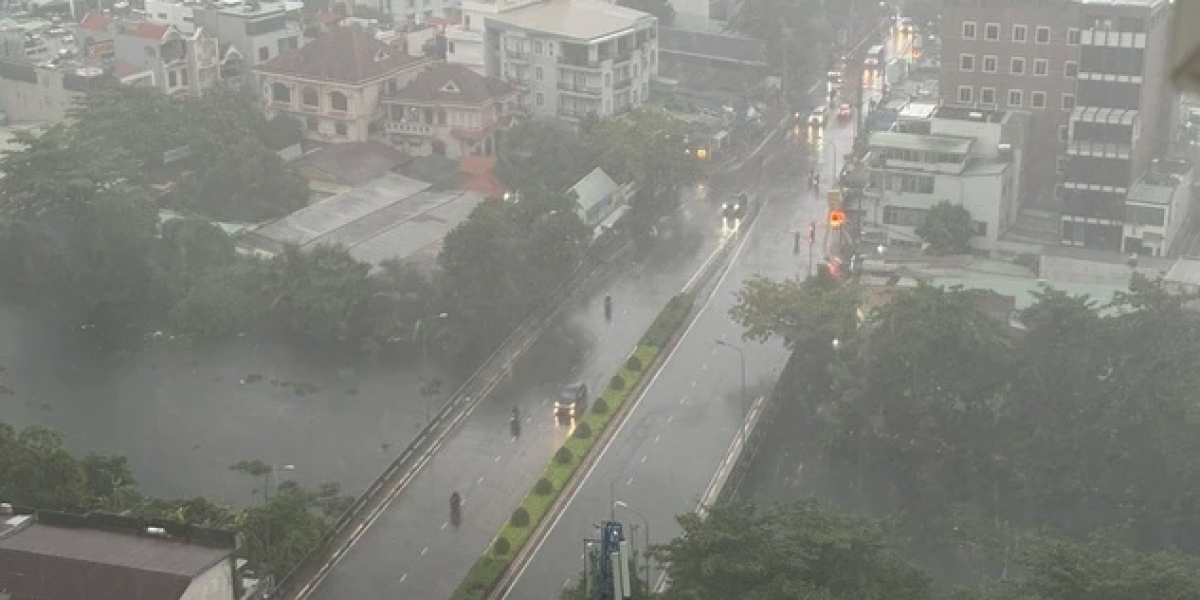CPV Solar Power Plants - CPV solar power plants deploy advanced optical tracking and modular systems for large-scale renewable generation.
CPV solar power plants are utility-scale installations dedicated to generating large volumes of electricity using Concentrated Photovoltaic (CPV) technology. These plants are the primary application of the CPV market and are strategically deployed in regions characterized by high Direct Normal Irradiance (DNI), which ensures the necessary high-intensity sunlight for the system to operate efficiently. They typically consist of thousands of individual CPV modules mounted on precision dual-axis tracking systems, feeding power directly into the electrical grid.
Deployment Strategy and Site Selection:
The strategic deployment of CPV solar power plants is fundamentally different from that of conventional PV farms. Due to CPV's high DNI requirement and sensitivity to diffuse light, site selection is paramount. Plants are predominantly located in arid, desert, or high-altitude regions with clear skies, such as parts of the Southwestern US, the Middle East, India, China, and Southern Europe. The high efficiency of the CPV modules allows the plant to achieve a higher power density, meaning it requires less land area for a given megawatt (MW) capacity compared to a conventional PV plant—a key advantage in areas with expensive or limited land.
System Architecture:
A typical CPV solar power plant architecture is highly structured and requires precision engineering:
CPV Modules: High-efficiency modules, each incorporating multi-junction solar cells and advanced solar concentrator technology (lenses or mirrors).
Dual-Axis Trackers: These complex mechanical systems continuously adjust the modules' position to follow the sun's path in both azimuth and elevation, maximizing the energy yield throughout the day.
Inverters and Grid Connection: DC power generated by the modules is converted to AC power by inverters and fed into the utility grid, often requiring complex integration studies due to the plant's unique output profile (high peak output in clear sky conditions).
Economic and Operational Challenges:
Despite their technological advantage, CPV solar power plants face operational and economic hurdles. The higher initial capital cost (CAPEX), primarily driven by the cost of multi-junction cells and the dual-axis trackers, is a key concern. Operationally, the maintenance of thousands of moving parts (the trackers) in harsh desert environments requires specialized expertise and can be more complex than maintaining a fixed-tilt or single-axis tracked PV farm. For CPV to scale, the industry must demonstrate superior reliability and the capacity to deliver a lower Levelized Cost of Energy (LCOE) over the plant's 20-25 year lifespan, making a compelling case for investors and power purchasers.
FAQ on CPV Solar Power Plants
Q1: What is the defining characteristic of a successful site for a CPV solar power plant? A1: The defining characteristic is exceptionally high Direct Normal Irradiance (DNI). CPV systems are highly dependent on direct sunlight and perform poorly with diffuse light, making clear-sky, arid regions (like deserts or high-altitude plains) the most suitable locations.
Q2: How does a CPV power plant's land use compare to a traditional PV farm? A2: A CPV power plant typically has a higher power density, meaning it requires less land area per installed megawatt (MW) capacity compared to a conventional PV farm. This is a direct benefit of the high-efficiency CPV modules used in the system.
Q3: What are the main operational challenges for CPV solar power plants? A3: The main operational challenges include the increased complexity of maintaining thousands of dual-axis trackers in harsh environmental conditions (dust, heat) and the high capital cost (CAPEX) compared to traditional PV, which demands a high-performance output to ensure a competitive Levelized Cost of Energy (LCOE).






